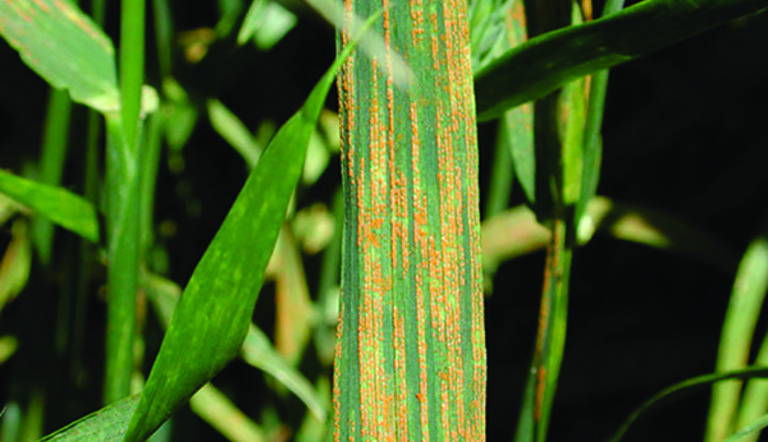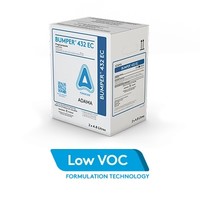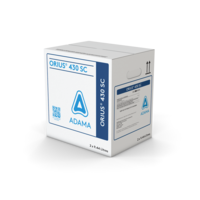
Pest Profile: Stripe Rust

Stripe rust requires moisture and relatively cold temperatures for spores to germinate, making the disease especially prevalent in cooler climates after a mild winter and cool, moist spring. As one urediniospore can produce hundreds or thousands of new spores, the disease spreads quickly, so growers concerned about stripe rust must begin scouting regularly starting at the seedling stage.
IDENTIFICATION
Stripe rust is characterized by small, round, blister-like lesions that are yellow-orange in colour and merge to form stripes. It commonly affects leaf blades and can occasionally be observed on heads when the disease is very severe. Infection of leaf sheaths or stems is rare.
CONTROL TIPS
- Early seeding of spring crops will allow them to ripen before major amounts of stripe rust inoculum typically become available in mid-summer.
- Once stripe rust is detected, a fungicide application is the only method to control the spread of the disease.
- Rotating out of cereal crops will help to break down the green bridge effect, reducing disease development considerably.
REGISTERED FUNGICIDES
Please read each label to determine which fungicide is appropriate for the crop affected.
Related Products

BUMPER® 432 EC
Broad-spectrum systemic fungicide that protects against yield and quality losses due to leaf disease.

CUSTODIA®
A multi-mode-of-action fungicide offering preventative and curative protection of the flag leaf against all major leaf diseases in wheat and barley.

ORIUS® 430 SC
Offers long-lasting, broad-spectrum protection against the most dangerous cereal leaf and head diseases with the flexibility of a wider application window.

TOPNOTCH™
Broad-spectrum disease control in multiple crops including cereals, field peas, edible beans and soybeans.